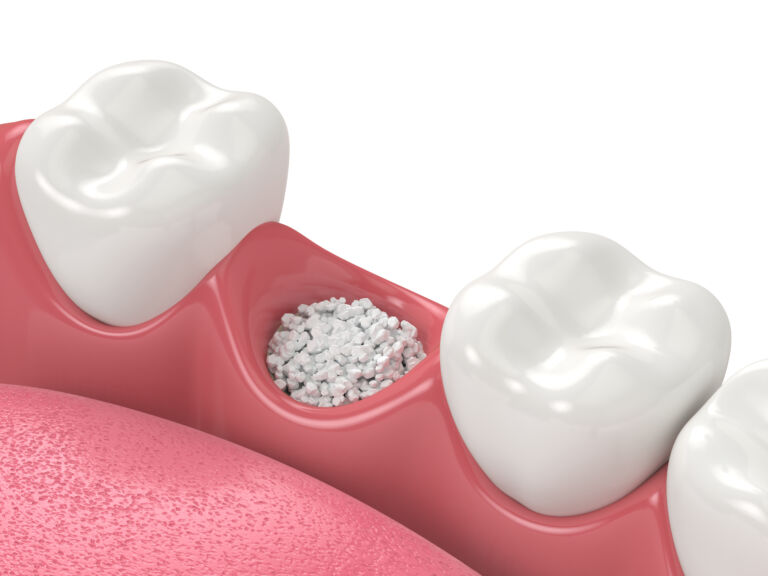
Extraction socket preservation with bone graft involves placing graft material into the socket of an extracted tooth. This material stimulates the growth of new bone. The protective membrane keeps the gum tissue away from the graft while the bone heals. As the socket heals, new alveolar bone replaces the grafting material and is absorbed into the body. Once the socket has healed completely, dental implants may be placed. If the socket remains unfilled for too long, resorption will occur.
Cost of a Socket Preservation Graft
Bone grafts can be expensive, but dental insurance can often cover the cost. An itemized treatment estimate will outline fees and expected coverage. This will help you determine how much you can expect to pay before and after your insurance benefits have been exhausted. A dental savings plan may be beneficial, as it will offset up to 60 percent of the cost of dental procedures.
While most dental insurance plans do not cover socket grafting procedures, some may cover some or all of the cost. However, you must be sure that the procedure is medically necessary for it to be covered. You should also check your dental and general medical insurance policies to see if the procedure is covered.
Side Effects of a Dental Bone Graft
During a dental bone graft procedure, a dental specialist inserts a syringe of material into the socket to replace the missing bone. This material may be a mixture of human, animal, or synthetic bone minerals. Typically, bone graft material is mixed with collagen to promote bone growth. In some cases, bone grafts can fail for a number of reasons, including lack of blood flow, infection, and movement before the area is healed.
The process of dental bone grafting can cause a degree of pain, although this usually subsides after a few days. During the first week following the procedure, patients should not vigorously rinse their mouths or brush their teeth. This could wash away the graft. However, if the pain persists after several days, it is recommended that patients contact their dentist as soon as possible.
Cost of an Alveolar Ridge Preservation Graft
Alveolar ridge preservation has been introduced as an alternative to extraction socket preservation. It was first introduced in 1998 and now accounts for 29% of all bone substitute procedures worldwide. Its cost is estimated to be $190 million annually and is expected to increase by 11.4% annually.
Alveolar ridge preservation has two main goals: stabilize and maintain the alveolar ridge width while limiting resorption and providing support for soft tissue structures. Alveolar ridge preservation requires the use of adequate bone quality. It is important to have sufficient alveolar ridge width for optimal dental implant placement.
Predictability of Post-Extraction Alveolar Ridge Maintenance
The prediction of alveolar ridge maintenance after a tooth extraction is very important for implant placement and prosthetic success. Predictability is possible using an artificial material such as bone grafts or membranes. The authors evaluated the degree of demineralization in postextraction sockets and concluded that grafted alveolar ridges showed less dimensional change than ungrafted ones. This finding is in line with current studies of ridge preservation.
The study design included both split-mouth and parallel designs. Each included study included at least ten patients. Patients were assessed for the presence of vital bone and changes in alveolar horizontality. The graft material was not blinded, so studies that used self-healing bone grafts could not be included.
SHARE:
